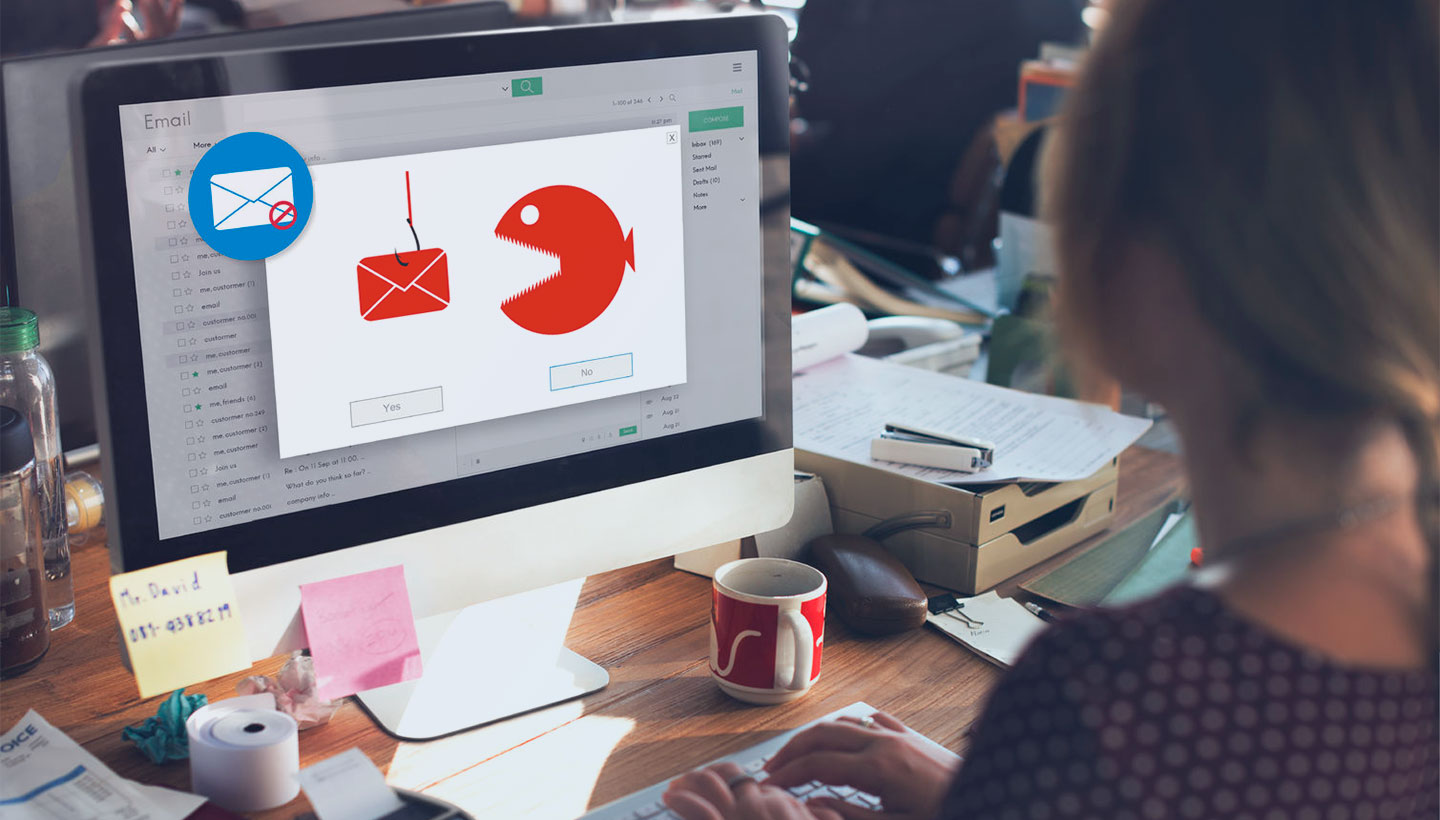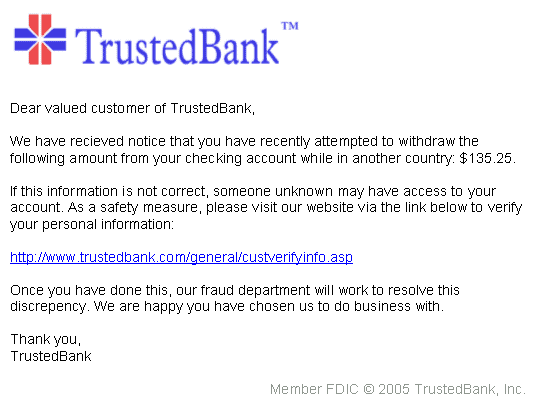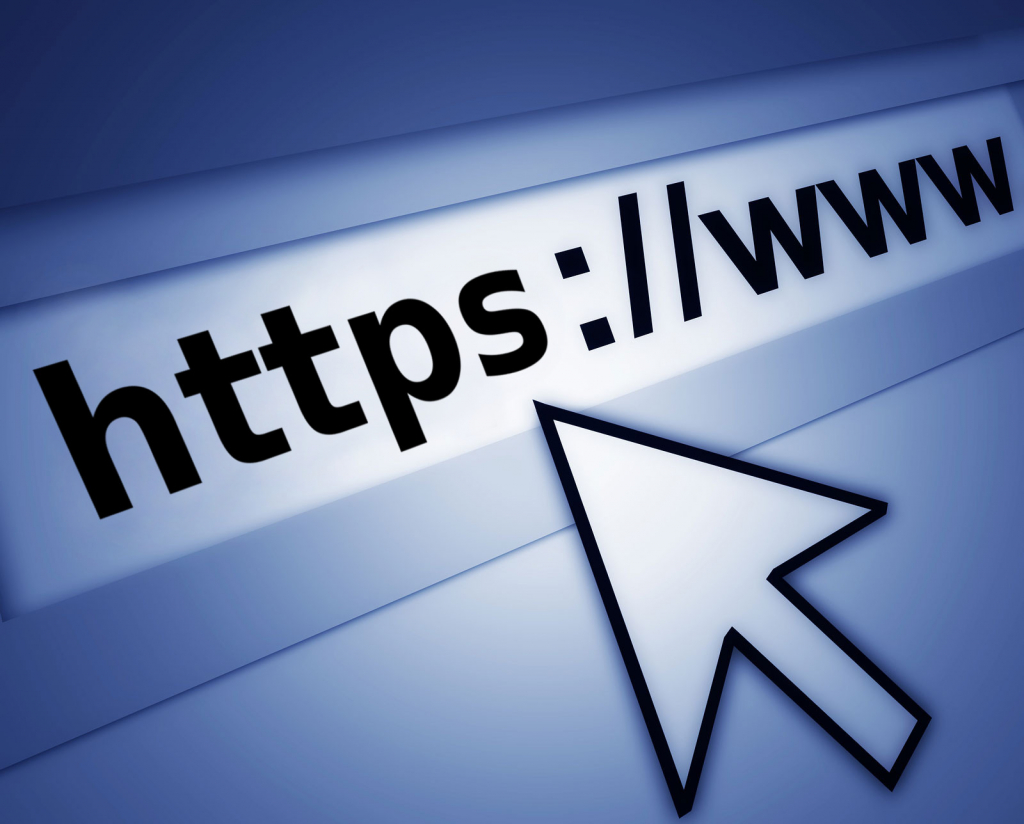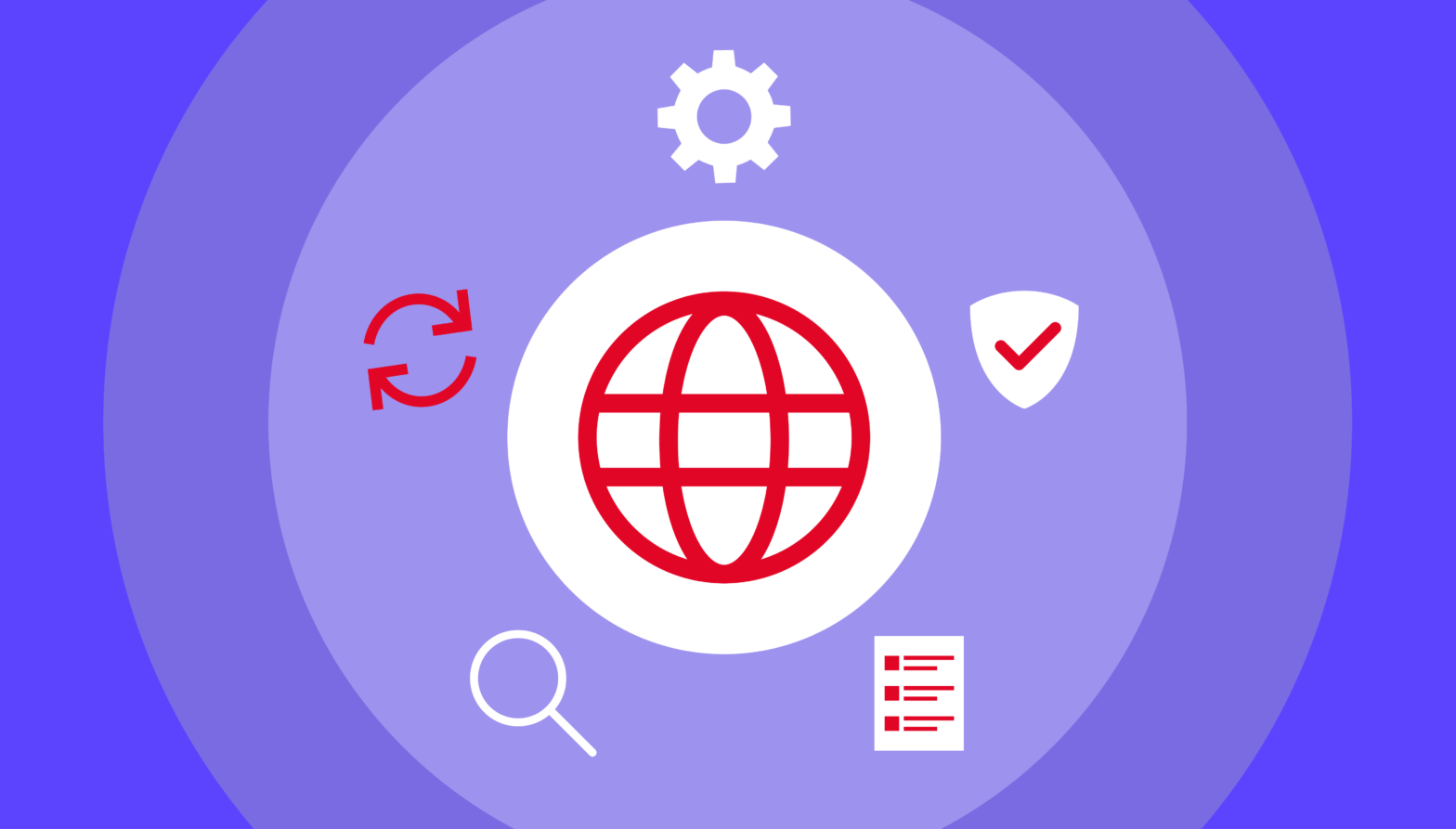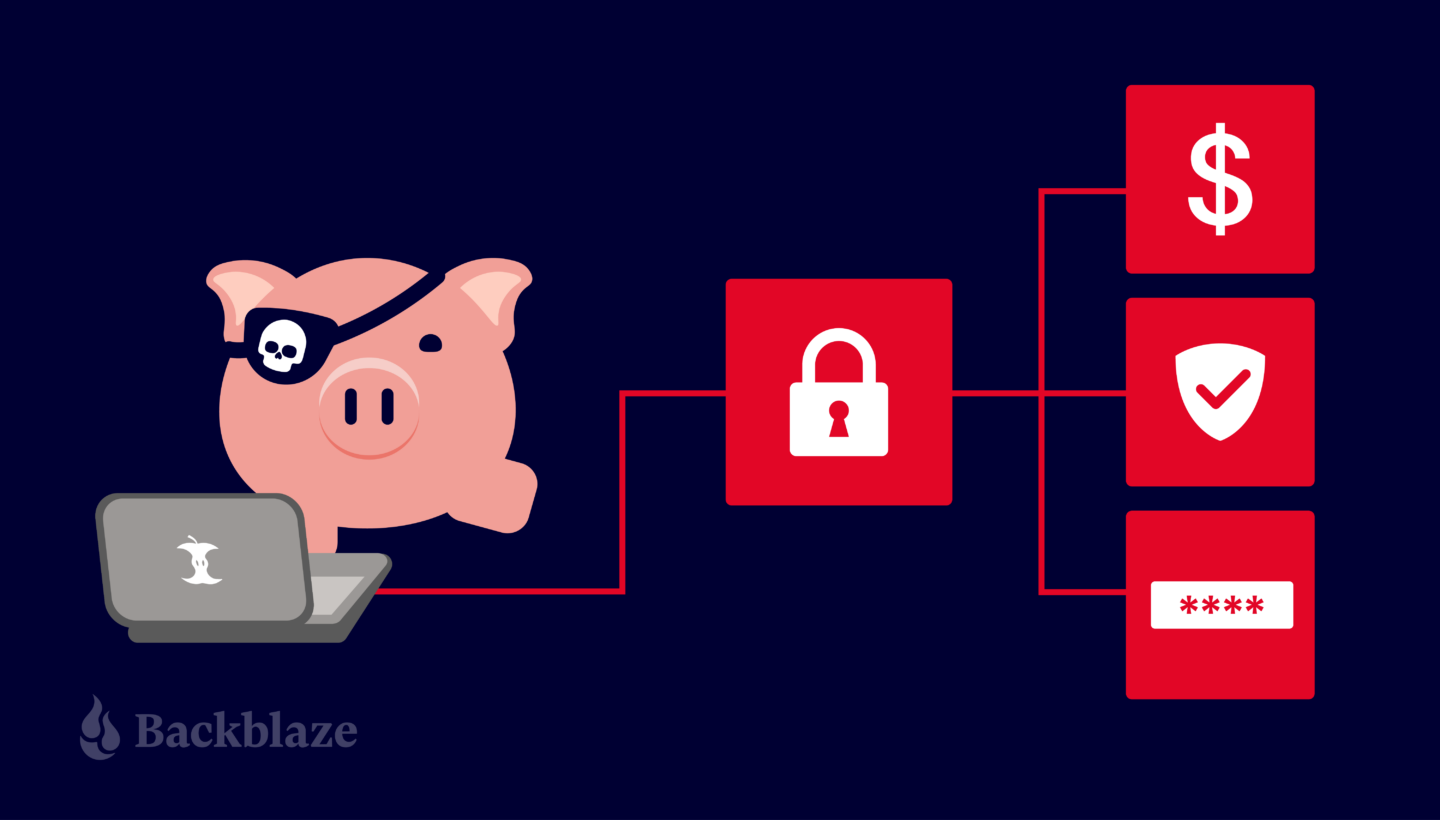It’s hard to miss the increasing frequency of phishing attacks in the news. Earlier this year, a major phishing attack targeted Google Docs users, and attempted to compromise at least one million Google Docs accounts. Experts say the “phish” was convincing and sophisticated, and even people who thought they would never be fooled by a phishing attack were caught in its net.
What Is Phishing?
Phishing attacks use seemingly trustworthy but malicious emails and websites to obtain your personal account or banking information. The attacks are cunning and highly effective because they often appear to come from an organization or business you actually use. The scam comes into play by tricking you into visiting a website you believe belongs to the trustworthy organization, but in fact is under the control of the phisher attempting to extract your private information.
Phishing attacks are once again in the news due to a handful of high profile ransomware incidents. Ransomware invades a user’s computer, encrypts their data files, and demands payment to decrypt the files. Ransomware most often makes its way onto a user’s computer through a phishing exploit, which gives the ransomware access to the user’s computer.
The best strategy against phishing is to scrutinize every email and message you receive and never to get caught. Easier said than done—even smart people sometimes fall victim to a phishing attack. To minimize the damage in an event of a phishing attack, backing up your data is the best ultimate defense and should be part of your anti-phishing and overall anti-malware strategy.
How Do You Recognize a Phishing Attack?
A phishing attacker may send an email seemingly from a reputable credit card company or financial institution that requests account information, often suggesting that there is a problem with your account. When users respond with the requested information, attackers can use it to gain access to the accounts.
The image below is a mockup of how a phishing attempt might appear. In this example, courtesy of Wikipedia, the bank is fictional, but in a real attempt the sender would use an actual bank, perhaps even the bank where the targeted victim does business. The sender is attempting to trick the recipient into revealing confidential information by getting the victim to visit the phisher’s website. Note the misspelling of the words “received” and “discrepancy” as “recieved” and “discrepency.” Misspellings sometimes are indications of a phishing attack. Also note that although the URL of the bank’s webpage appears to be legitimate, the hyperlink would actually take you to the phisher’s webpage, which would be altogether different from the URL displayed in the message.
Top Ten Ways to Protect Against Phishing Attacks
- Always think twice when presented with a link in any kind of email or message before you click on it. Ask yourself whether the sender would ask you to do what they are requesting. Most banks and reputable service providers won’t ask you to reveal your account information or password via email. If in doubt, don’t use the link in the message and instead open a new webpage and go directly to the known website of the organization. Sign in to the site in the normal manner to verify that the request is legitimate.
- A good precaution is to always hover over a link before clicking on it and observe the status line in your browser to verify that the link in the text and the destination link are in fact the same.
- Phishers are clever, and they’re getting better all the time, and you might be fooled by a simple ruse to make you think the link is one you recognize. Links can have hard-to-detect misspellings that would result in visiting a site very different than what you expected.
- Be wary even of emails and message from people you know. It’s very easy to spoof an email so it appears to come from someone you know, or to create a URL that appears to be legitimate, but isn’t.
- Use anti-malware software, but don’t rely on it to catch all attacks. Phishers change their approach often to keep ahead of the software attack detectors.
- If you are asked to enter any valuable information, only do so if you’re on a secure connection. Look for the “https” prefix before the site URL (or a padlock symbol), indicating the site is employing SSL. If there is no “s” after “http” or padlock symbol, it’s best not to enter any confidential information.
- Avoid logging in to online banks and similar services via public Wi-Fi networks. Criminals can compromise open networks with man in the middle attacks that capture your information or spoof website addresses over the connection and redirect you to a fake page they control.
- Email, instant messaging, and gaming social channels are all possible vehicles to deliver phishing attacks, so be vigilant!
- Lay the foundation for a good defense by choosing reputable tech vendors and service providers that respect your privacy and take steps to protect your data. At Backblaze, we have full time security teams constantly looking for ways to improve our security.
- When it is available, always take advantage of multi-factor verification to protect your accounts. The standard categories used for authentication are 1) something you know (e.g. your username and password), 2) something you are (e.g. your fingerprint or retina pattern), and 3) something you have (e.g. an authenticator app on your smartphone). An account that allows only a single factor for authentication is more susceptible to hacking than one that supports multiple factors. Backblaze supports multi-factor authentication to protect customer accounts.
It’s important to also be a good internet citizen and help reduce phishing and other malware attacks by notifying the organization being impersonated in the phishing attempt or by forwarding suspicious messages to the Federal Trade Commission at spam@uce.gov. Some email clients and services, such as Microsoft Outlook and Google Gmail, give you the ability to easily report suspicious emails. Phishing emails misrepresenting Apple can be reported to reportphishing@apple.com.
Backing Up Your Data to Protect Against Phishing and Other Malware
The best way to avoid becoming a victim is to be vigilant against suspicious messages and emails, but also to assume that no matter what you do, it is very possible that your system will be compromised. Even the most sophisticated and tech-savvy of us can be ensnared if we are tired, in a rush, or just unfamiliar with the latest methods hackers are using. Remember that hackers are working full time on ways to fool us, so it’s very difficult to keep ahead of them.
The best defense is to make sure that any data that could be compromised by hackers—basically all of the data that is reachable via your computer—is not your only copy. You do that by maintaining an active and reliable backup strategy.
Files that are backed up to the cloud, such as with Backblaze, are not vulnerable to attacks on your local computer in the way that local files, attached drives, network drives, or sync services like Dropbox that have local directories on your computer are.
In the event that your computer is compromised and your files are lost or encrypted, you can recover your files if you have a cloud backup that is beyond the reach of attacks on your computer.


